Napoleon didn’t think much of Antwerp. ‘Scarcely a European city at all,’ he scoffed. If only he could see it today. Ten years ago, Antwerp felt provincial. Now it feels like the capital of an (almost) independent state. ‘Jardin Zoologique’ it says outside the zoo, but that’s the only French signage you’ll see in this resolutely Flemish city.
Already a subscriber? Log in
Subscribe for just $2 a week
Try a month of The Spectator Australia absolutely free and without commitment. Not only that but – if you choose to continue – you’ll pay just $2 a week for your first year.
- Unlimited access to spectator.com.au and app
- The weekly edition on the Spectator Australia app
- Spectator podcasts and newsletters
- Full access to spectator.co.uk
Or
Unlock this article
You might disagree with half of it, but you’ll enjoy reading all of it. Try your first month for free, then just $2 a week for the remainder of your first year.

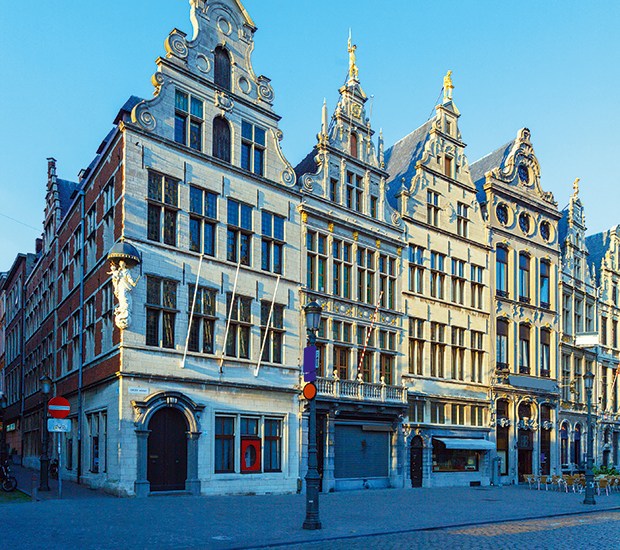
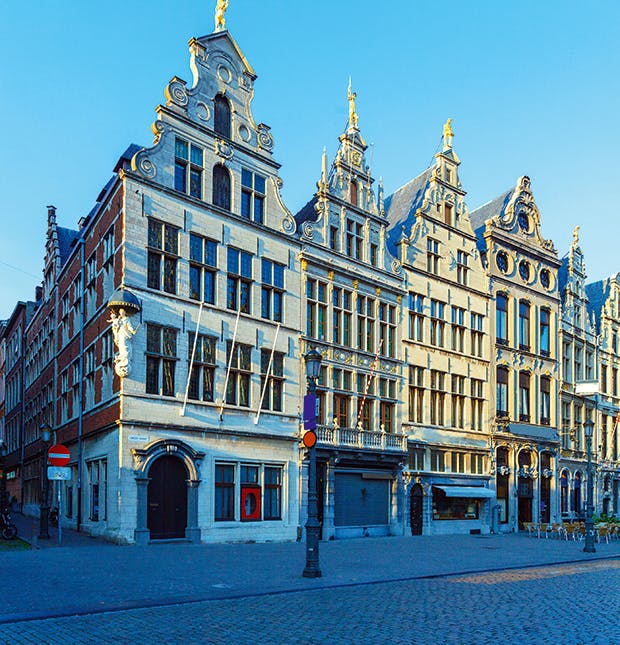
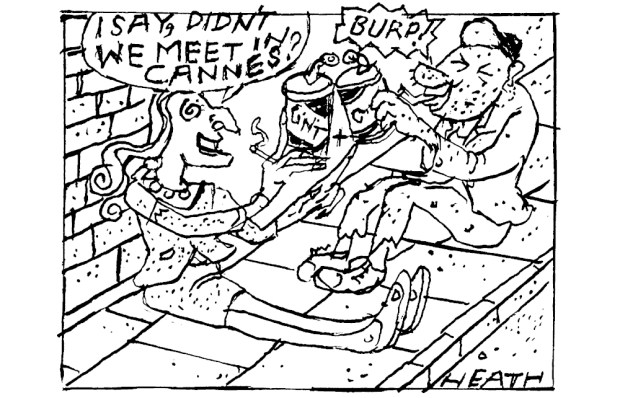


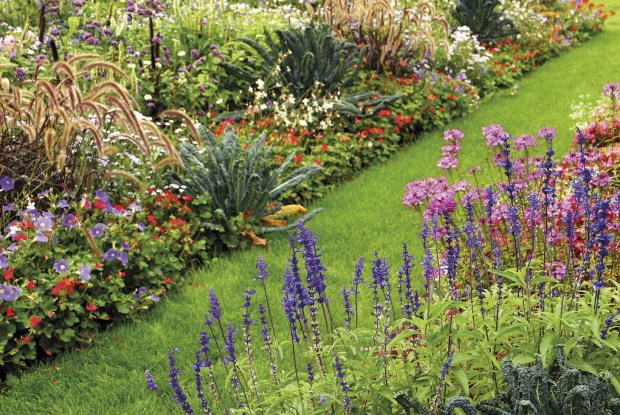
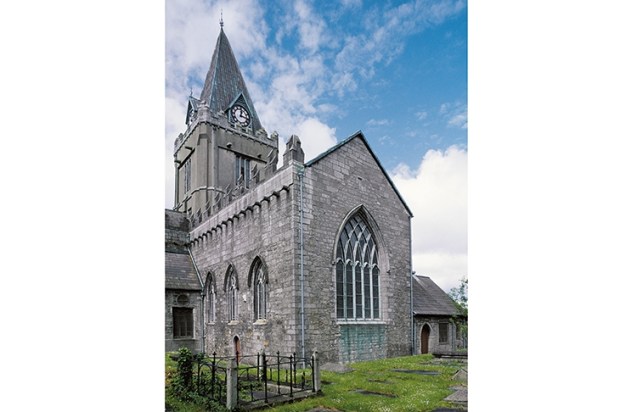






Comments
Don't miss out
Join the conversation with other Spectator Australia readers. Subscribe to leave a comment.
SUBSCRIBEAlready a subscriber? Log in